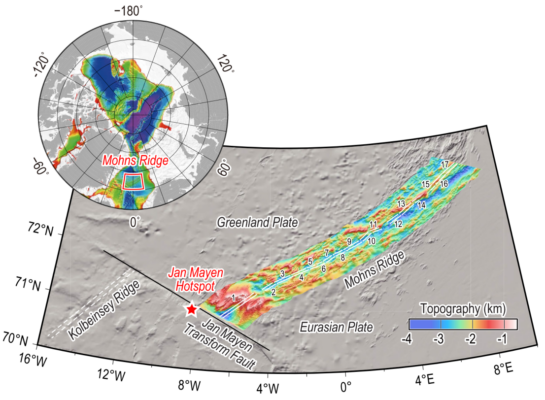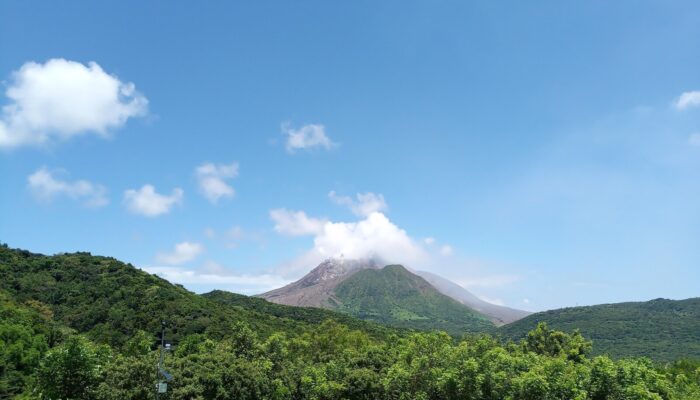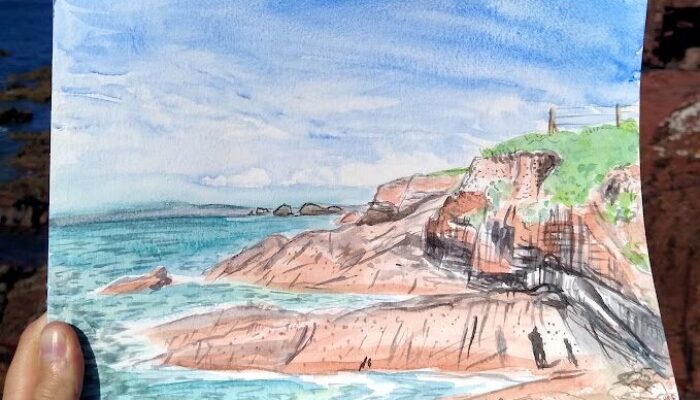In 1995, the Caribbean Island of Montserrat was shaken by the beginning of one of the most significant volcanic eruptions in recent history: one that profoundly changed the natural, social and economical landscape of the country. Three decades later, Soufrière Hills Volcano and its legacy of destruction still shape the lives of Montserrat’s people. Join us on the first part of our reportage and fi ...[Read More]
What’s the role of hotspot and oceanic transform faults at ultraslow spreading ridge?

Mid-ocean ridges (MOR) and hotspots are two types of magmatic activity occurring in the ocean. The MORs are typically associated with another tectonic feature—oceanic transform faults. While numerous studies have focused on the interactions within MORs, hotspots, and transform faults, there has been limited research on cases where a hotspot and a transform fault are located at the same end ...[Read More]
The Sassy Scientist – Academic Motion Sickness
The first year of a PhD can quickly shift from an exciting adventure (“Ok I got this“) to an exasperating rollercoaster (“What I am doing here? What if I just move to a husky farm in Canada?“). Marina, has reached that stage and, after having exhausted her patience scrolling through <insert your preferred social media platorm here> in search of threads on how to boost ...[Read More]
Creativity and geology
Phoebe Sleath, a PhD student at the University of Aberdeen, guides us through the intersection of art and geology. She shares how she got into watercolour field sketching, how it became a valuable companion during her PhD journey, and how it serves as a powerful tool for communicating science Why do you like doing geoscience? Throughout my undergrad degree, I would have said: because I like mounta ...[Read More]



